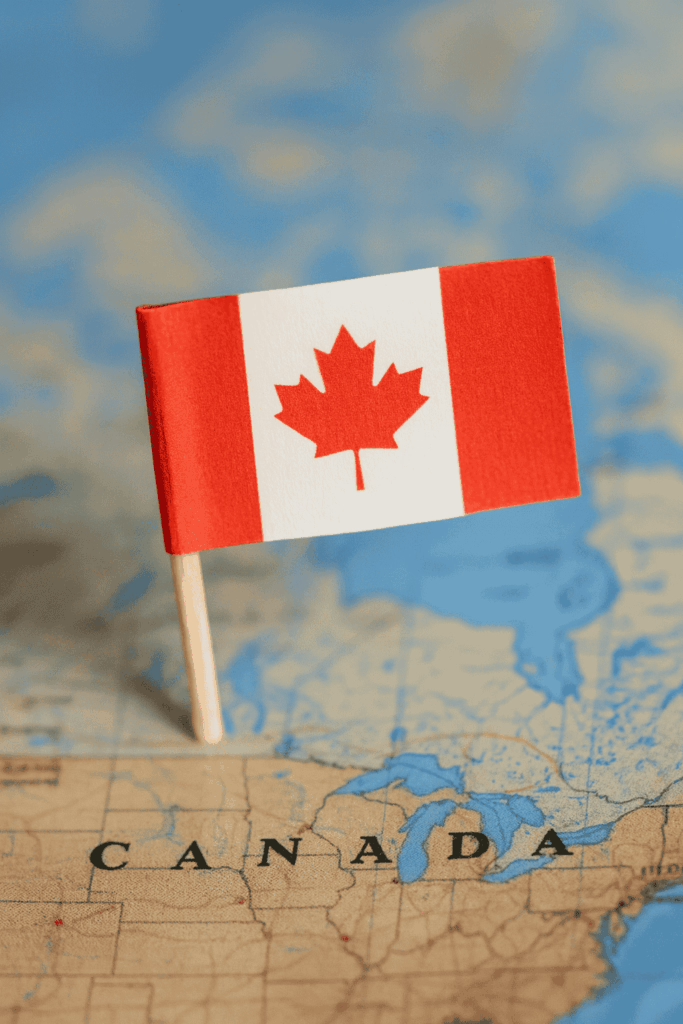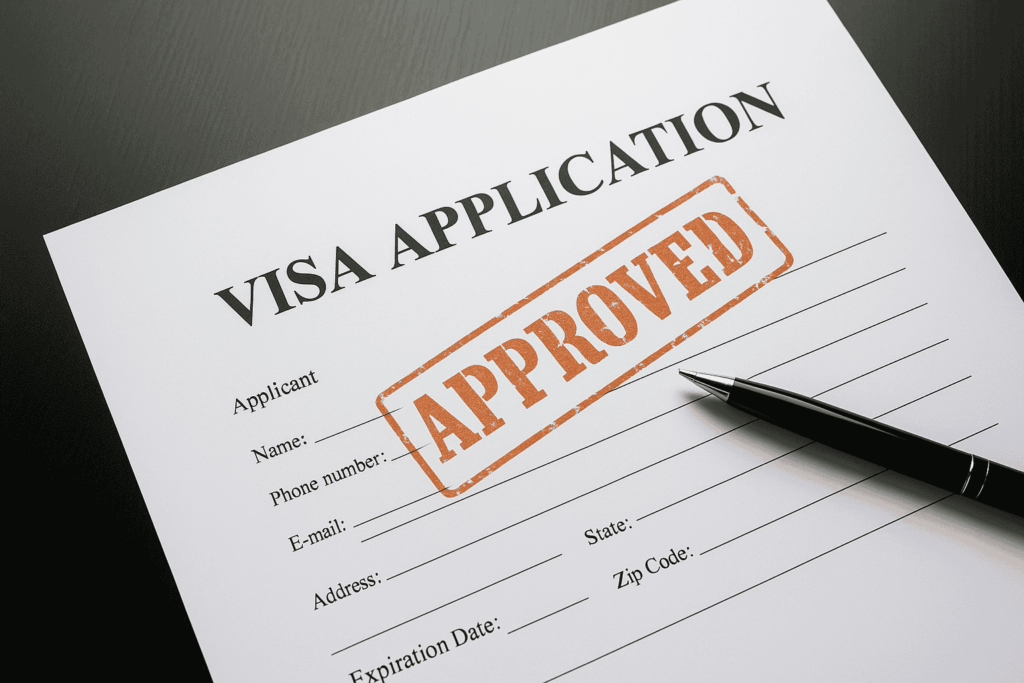Making a TRP Application for Iranians

- Current Status
- TRV vs. TRP at a Glance
- Why a TRP May Suit Iranian Applicants
- Core Elements of a Strong TRP Package
- How Pax Law Corporation Helps Iranian Nationals
- Frequently Asked Questions
- Ready to Discuss Your TRP Options?
Current Status
Ongoing tensions in the Middle East—including reports of pre‑emptive strikes on Iranian territory—create real uncertainty for Iranian residents planning travel abroad. While Canada remains a popular destination for family visits, study, and business, standard Temporary Resident Visa (TRV) applications are often refused because applicants cannot convince immigration officers they will leave Canada at the end of their authorized stay. This requirement arises from:
- Immigration and Refugee Protection Act (IRPA) § 11
- Immigration and Refugee Protection Regulations (IRPR) §§ 179, 200 & 216
When a TRV refusal is likely, a Temporary Resident Permit (TRP) may offer a viable pathway.
TRV vs. TRP at a Glance
| Feature | Temporary Resident Visa (TRV) | Temporary Resident Permit (TRP) |
|---|---|---|
| Purpose | Standard entry for visitors, students, workers | Allows entry when an officer believes the applicant’s need to enter Canada outweighs any risk or non‑compliance concern |
| Key Hurdle | Show strong ties to home country and intent to leave | Demonstrate compelling need or humanitarian grounds |
| Statutory Basis | IRPR § 179 | IRPA § 24 |
| Officer Discretion | Moderate | Very high—case‑by‑case, “risk vs. need” assessment |
| Common Uses | Tourism, business trips, conferences, short‑term study | Inadmissibility waivers, humanitarian cases, geopolitical turmoil impacting departure guarantees |
Why a TRP May Suit Iranian Applicants
- Geopolitical Instability
Sudden conflict can make it difficult to satisfy officers that you will promptly return to Iran. A TRP recognizes that exceptional circumstances may warrant flexibility. - Humanitarian & Compassionate Considerations
Visiting close family in Canada, attending urgent business, or receiving medical treatment can constitute a “compelling need” that outweighs perceived immigration risk. - High Officer Discretion Can Work in Your Favor
Unlike TRVs, a TRP lets an officer balance humanitarian factors against compliance concerns, providing an opening where standard visa rules feel inflexible.

Core Elements of a Strong TRP Package
| Component | What It Should Demonstrate |
|---|---|
| Compelling Need | Clear, documented reason for entering Canada now (e.g., family unification, medical urgency, essential business) |
| Risk Mitigation | Evidence you will respect Canadian laws and leave or regularize status when required (e.g., return itinerary, financial means, family responsibilities in Iran) |
| Supporting Documentation | Invitation letters, medical reports, proof of funds, evidence of property or employment commitments in Iran, and any prior Canadian immigration compliance |
| Detailed Legal Submissions | A concise argument aligning your facts with IRPA § 24 risk‑v‑need criteria and recent Immigration, Refugees and Citizenship Canada (IRCC) program delivery instructions |
How Pax Law Corporation Helps Iranian Nationals
- Strategic Assessment – We examine your goals, family situation, and travel history to decide whether a TRP is the optimum route.
- Comprehensive Evidence Gathering – Our team guides you in collecting the documents that resonate most with visa officers.
- Persuasive Legal Arguments – Dr. Samin Mortazavi (Lawyer) and Mr. Ali‑Reza Haghjou (RCIC‑IRB) craft targeted written submissions that balance humanitarian considerations with officer concerns.
- Ongoing Communication with IRCC – We track your file, respond to procedural fairness requests, and keep you informed every step of the way.
Important: A TRP remains discretionary. Strong preparation and meticulous presentation of facts significantly improve success prospects.
Frequently Asked Questions
Is a TRP guaranteed if my TRV is refused?
No. Each TRP is decided on its own merits. However, a detailed application that clearly shows your compelling need can persuade an officer where a standard TRV could not.
How long is a TRP valid?
Officers may issue a TRP for the exact length of your stated need—anything from a few days to three years. Extensions are possible but not automatic.
Can I study or work on a TRP?
Yes, but you will need to apply for a study or work permit once inside Canada unless the officer authorizes such activities in your TRP.
What happens if conditions change in Iran?
If conflict escalates after you arrive in Canada, you may explore options such as applying for a new TRP, a study/work permit, or even protected‑person status. Proper legal advice is critical.